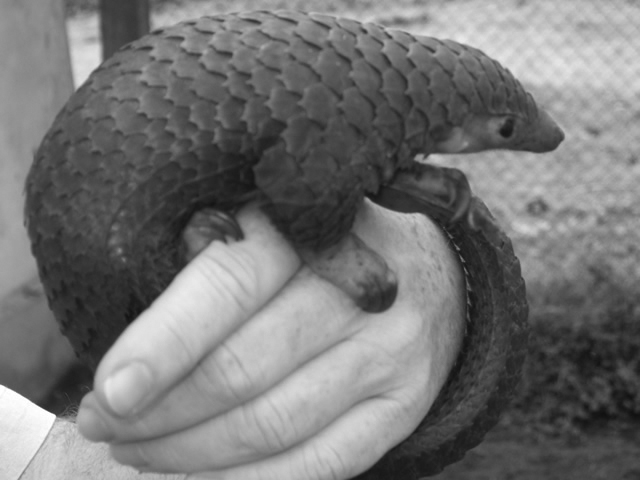


It discusses the role of pangolins in historically symbolic, mythological, and ritualistic practices across Africa, Asia, and Europe, as well as contemporary practices including international trafficking. Led by a team of editors with more than 20 years collective experience in pangolin conservation, this book includes accounts of the species’ evolution, morphology, and systematics. It chronicles threats facing the species, explores the current initiatives required to protect them, and looks ahead at the future of pangolin science and conservation efforts.

This material may not be republished, rewritten or redistributed without permission.Pangolins: Science, Society and Conservation brings together experts from around the world to document the most up-to-date scientific knowledge on pangolins and their conservation. Image: Animal Wildlife blog © Copyright 2005-2022 all rights reserved. Not coincidentally, all three provinces are in close proximity to, or share borders with, Southeast Asian countries labeled by the United Nations as hotspots for the international trafficking of wild animals. The new prohibitions against eating endangered species may have their largest effects in southern China, especially in the provinces of Guangdong, Guangxi and Yunnan, where an estimated 70 percent of the smuggling in black market animals in China takes place. However, few people purchase ivory for TCM purposes anymore, and today ivory is largely bought by wealthy Chinese in the form of jewelry and carved statues. Beijing very publicly destroyed three tons of ivory after conducting a national campaign against the trade in elephant tusks. The new laws somewhat curiously do not address the issue of wild animals killed for non-food purposes. This is especially true in the case of a national, non-profit anti-shark fin effort spearheaded by former NBA star Yao Ming. Such trends have, at times, successfully been countered by aggressive public service campaigns featuring celebrities. Recently, as China's middle and upper classes have seen explosive economic growth, buying and consuming endangered animal parts became a way for the newly affluent to display wealth and prestige. Many of the creatures on the Chinese list are classified as endangered species - their populations threatened by habitat loss, pollution and poaching.ĭemand for rare animal parts was once fueled largely by their use in Traditional Chinese Medicine (TCM). Perhaps the most well known of these are giant pandas, Asian black bears, golden monkeys and pangolins. Ostensibly, a decline in market demand would then force illegal hunters to look elsewhere for profits.įour hundred and twenty creatures currently comprise China's list of rare animals. The discrepancy in punishment for those eating and those buying rare creatures is apparently intentional, as lawmakers seek to stamp out demand first. People apprehended for knowingly buying poached animals face up to three years in prison.
#Angry giant pangolin code
The changes to the country's criminal code were handed down from the the Standing Committee of the National People's Congress, China's top lawmaking body, on April 24. Those caught eating rare wildlife face the strictest penalties - up to ten years in prison - according to a China Daily report. In an attempt to limit or even eliminate the illegal trade in endangered animals, the Chinese government has announced harsh new punishments for traffickers, hunters and consumers. Pangolins are no longer on the menu in China


 0 kommentar(er)
0 kommentar(er)
